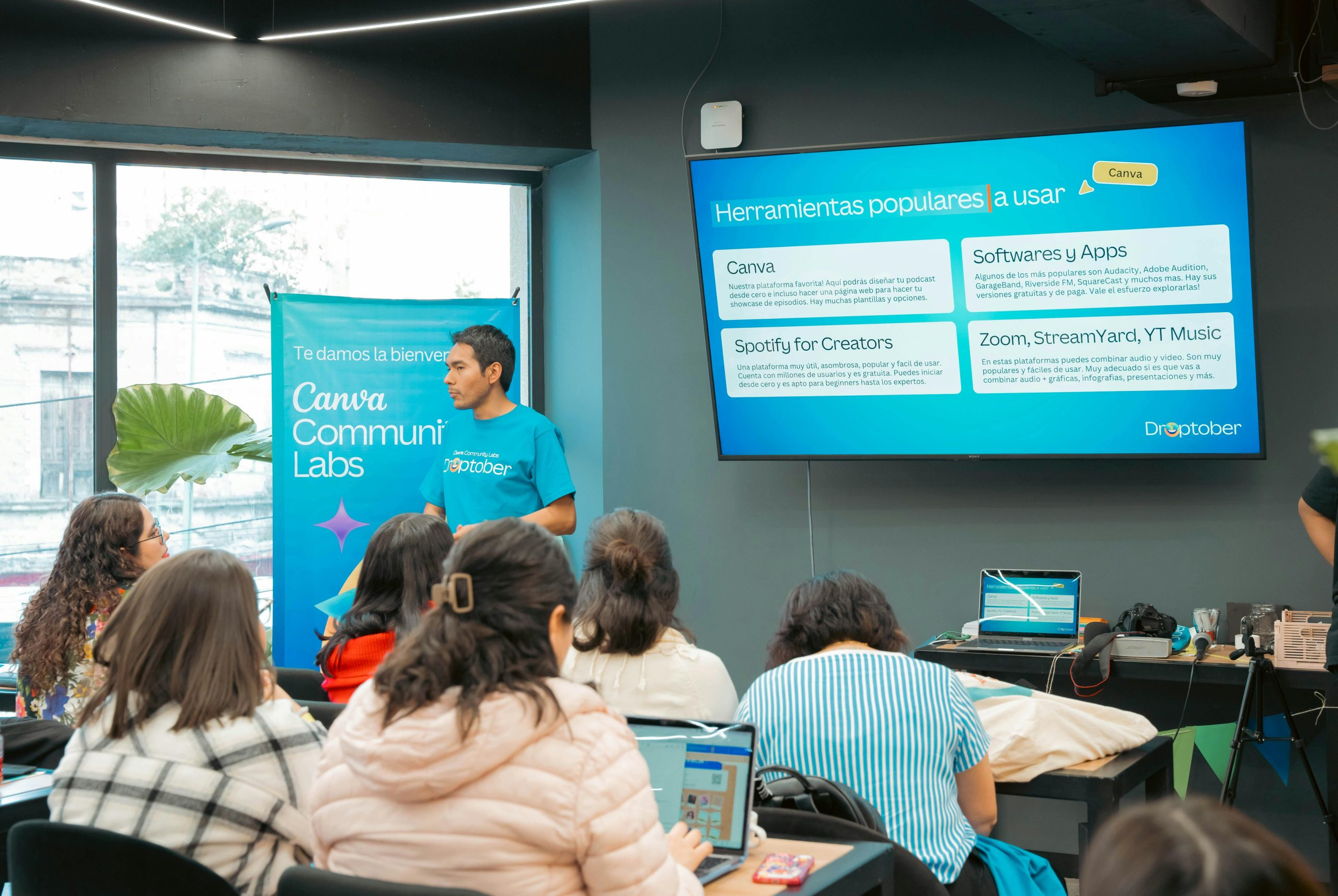Innovative Approaches to Software Testing and Quality Assurance
Software testing is an integral part of the software development process. It ensures that the software being developed is of high quality, meets the user requirements, and performs as expected. However, with the ever-evolving technology and changing user needs, traditional approaches to software testing and quality assurance are no longer sufficient. In order to keep up with the rapidly changing tech landscape, innovative approaches to software testing and quality assurance are essential. In this article, we will explore some of the most effective and cutting-edge techniques being used in the industry to improve software testing and quality assurance processes.
Shift-left Testing
In traditional software development models, testing is usually left until the end of the development cycle. However, with the advent of agile methodologies, there has been a shift towards incorporating testing early in the software development process. This approach is known as shift-left testing and it aims to identify and fix bugs as early as possible in the development cycle. This not only reduces the cost of fixing bugs but also ensures that the software is of higher quality and meets the user requirements.
Test Automation
Manual testing is time-consuming, labor-intensive, and prone to human errors. To tackle these challenges, test automation has become an increasingly popular approach to software testing. Using specialized tools and scripts, automated tests can be carried out quickly and efficiently, reducing the overall testing time and effort. This also allows for more comprehensive testing of the software, covering a larger range of test scenarios, leading to improved software quality.
Continuous Integration and Delivery
In traditional software development models, the process of integrating code and deploying updates to the production environment can be a lengthy and error-prone process. Continuous Integration (CI) and Continuous Delivery (CD) have revolutionized this process by automating it. With CI, code changes are frequently merged into a shared repository which is then automatically tested and validated. CD then takes this a step further by automating the release and deployment process, reducing the time and effort required for software updates to reach the end-users.
Exploratory Testing
Exploratory testing is an approach that relies on the tester’s creativity and expertise rather than predefined test cases. It involves exploring the software, breaking it, and reporting the issues found. Unlike traditional scripted testing, exploratory testing allows for a more in-depth understanding of the software, often leading to the discovery of critical bugs that might have been missed using predefined test cases. This approach is highly effective in finding issues that are difficult to predict or test manually and has gained popularity in recent years.
Artificial Intelligence and Machine Learning
The use of Artificial Intelligence (AI) and Machine Learning (ML) has been steadily increasing in various industries, and software testing is no exception. AI and ML algorithms can analyze large sets of data, identify patterns, and make predictions, making them highly suitable for automated testing. These tools can automate the creation of test cases, identify potential problem areas, and even suggest fixes for reported bugs. This not only speeds up the testing process but also leads to more accurate and efficient testing.
Conclusion
The constantly evolving technology landscape has made it essential for software testing and quality assurance to embrace innovative approaches. The techniques we have discussed in this article are just a few examples of how the industry is moving towards more efficient and effective testing methods. It is important for businesses to keep up with the latest trends in software testing to deliver high-quality, reliable software to their end-users. By incorporating these innovative approaches, software development teams can improve their testing processes, reduce the time and effort required for testing, and ultimately deliver better products that meet the ever-changing needs of users.











